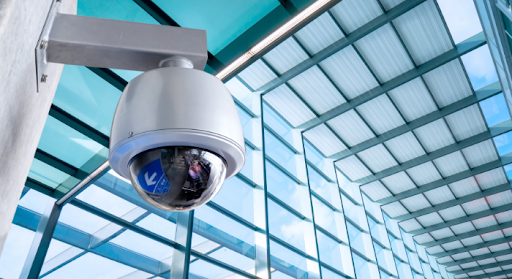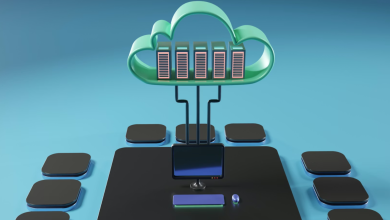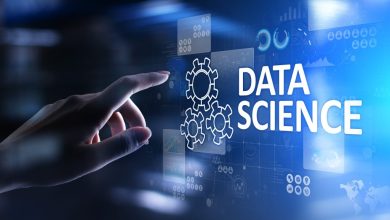
For years, the tech industry has been selling a shiny but misleading idea that the only way to unlock AI’s true potential is to scrap your old systems and start fresh. This “rip and replace” narrative has left many organizations hesitating, fearing they lack the budget, scale, or appetite for disruption needed to keep pace with AI.
The truth? Legacy systems aren’t a barrier to AI progress—they’re the foundation. The future belongs to leaders who can change their perception and see existing infrastructure not as dead weight, but as a launchpad.
The Replacement Myth
Vendors love to tell companies that yesterday’s investments are today’s liabilities. The result is a dangerous perception gap: organizations believe they need radical (read: expensive) overhauls to benefit from AI, when in fact the opposite is true. Cameras, sensors, and monitoring devices already embedded in enterprises worldwide are not obsolete—they’re data goldmines waiting to be activated.
The smartest organizations aren’t ripping out infrastructure; they’re upgrading it. And they’re doing so at a fraction of the cost and with exponentially less disruption than full system replacements.
This myth sticks around because it creates dependency. Companies are told their competitive edge depends on buying the newest, most expensive platforms. But over and over, the market shows us that leaders succeed by taking what they already own and making it smarter.
Legacy as a Launchpad
Here’s what new deployments can’t give you: reliability, familiarity, and proven data flows. Legacy systems have those in spades—which makes them perfect vessels for AI.
Think of it this way:
- Edge computing can supercharge everyday hardware.
- Computer vision can turn standard cameras into quality-control inspectors.
- Retrofitted sensors can transform basic monitoring into predictive intelligence.
The key is compatibility. AI that works with existing protocols and formats doesn’t force organizations to gamble on untested infrastructure. Instead, it lets them evolve seamlessly.
Equally as important is the way that this approach empowers the people inside organizations. Employees already trained on current systems don’t need to start from scratch. They can leverage familiar workflows while gradually adopting AI-driven enhancements, balancing continuity and innovation to reduce change management hurdles for smoother, faster, and more sustainable adoption.
Proof in Practice: AI on Yesterday’s Hardware
The power of enhancement is best seen in the real world.
- Manufacturing: Security cameras once meant only for surveillance are now quality inspectors, spotting defects invisible to the human eye.
- Retail: The same cameras protecting stores are doubling as inventory trackers, customer-behavior analysts, and loss-prevention tools—no new hardware required.
- Security: Old-school access control panels and surveillance networks are being reborn with AI, now recognizing faces and detecting threats in real time.
Across industries, the pattern is clear. By layering AI onto familiar equipment, organizations are rewriting the role of their existing infrastructure and unlocking entirely new levels of value.
These examples also highlight something deeper: innovation doesn’t always mean building new things. Sometimes it’s about seeing what you already have in a new light—and pushing it further.
The Economics and Accessibility of Enhancement
Here’s the financial reality: enhancement delivers AI capabilities at a fraction of the cost of starting over. It’s not just cheaper; it’s smarter.
- You can scale gradually, proving ROI before making big commitments.
- You avoid blowing up cash flow with massive upfront costs.
- You get faster time-to-value.
For many, enhancement is the only financially viable path to AI adoption—and that democratizes access well beyond Fortune 500 budgets.
This accessibility shift is what makes enhancement so powerful. Municipalities can upgrade public safety systems without tearing out citywide networks. Small manufacturers can deploy predictive quality control without multimillion-dollar spend. By lowering the barrier to entry, AI becomes available to every organization—not just the giants.
Enhancement is also inherently upgrade-friendly—and that makes it future-proof. As new models and algorithms appear, organizations simply update software rather than replace hardware. Experimentation becomes affordable and innovation becomes an ongoing evolution, not a disruptive reset.
Remember how cloud computing transformed how businesses accessed computing power? Equipment enhancement has the power to transform how organizations of all sizes access AI. Instead of waiting for perfect conditions or massive capital, they can begin today—improving efficiency, boosting insight, and building resilience step by step.
From Old Tech to Strategic Edge
The organizations that thrive in this new era won’t be those that discard their legacy—they’ll be the ones that leverage it. By rejecting the false choice between replacement and stagnation, they’ll move faster, spend smarter, and innovate more boldly.
Legacy technology isn’t a relic of the past,it’s the springboard for AI’s future. Those who embrace enhancement will outpace competitors stuck in costly, disruptive overhauls.
And the gap between leaders and laggards will widen quickly. Some are already experimenting, learning, and scaling. Others are still waiting for “perfect conditions.”
So the real question for every executive is this: Will you treat your legacy systems as a liability—or as the competitive edge they truly are?




